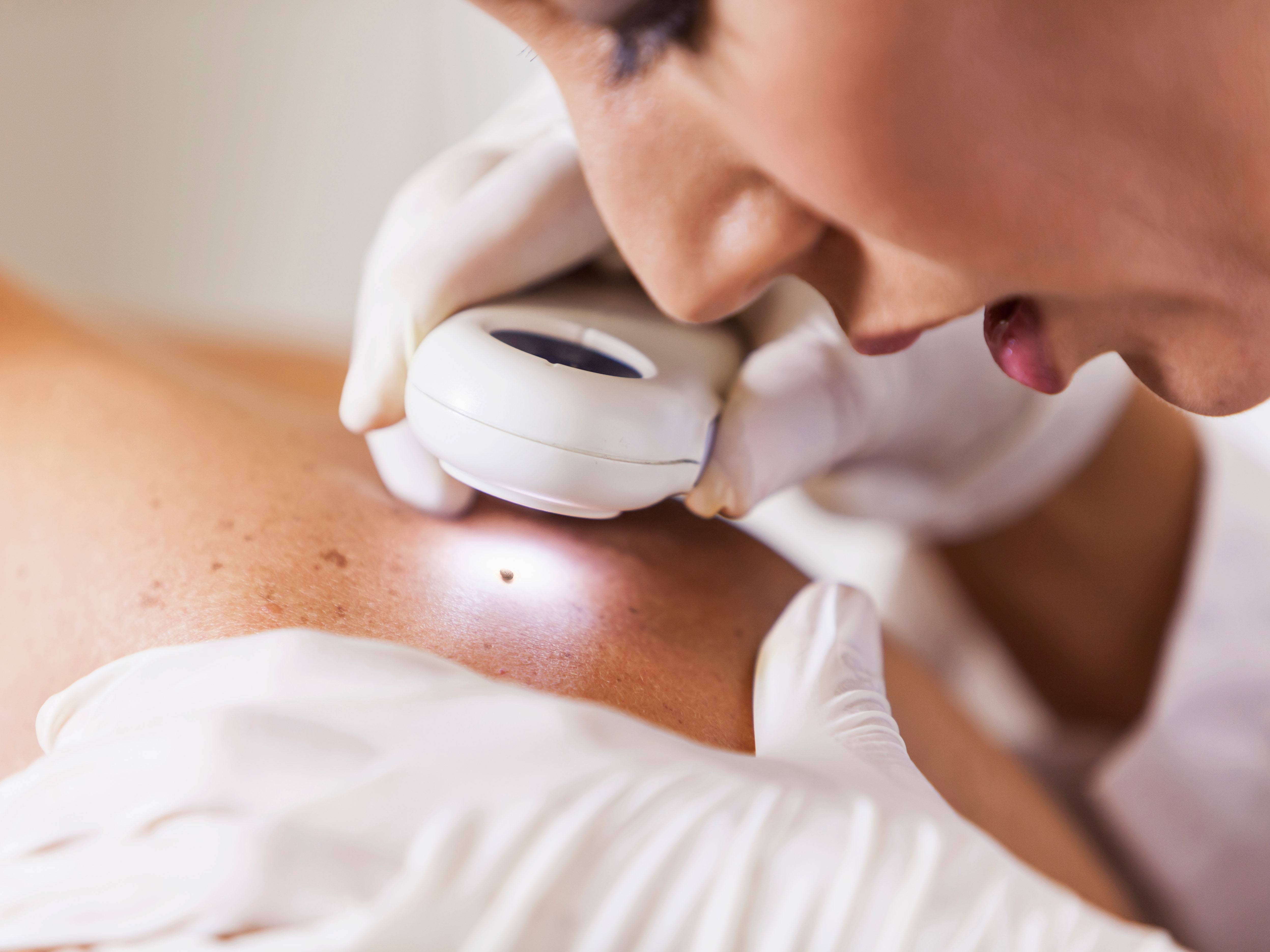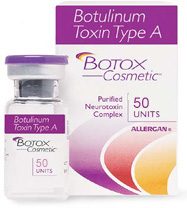
This article will help you determine if capsular contractedure can be treated. Learn about the Symptoms and Treatments for capsular contractsure. Also, you will learn about the Recurrence. If you are affected by this problem, you should seek out medical assistance. But don't worry - there are many treatments available! What are the best treatments?
Symptoms
One of the most common causes of capsular contracture is bacterial infection on an implant. It can also be caused by cancer treatment. Your chances of developing capsular contractsure may be increased by your genetics and pre-existing medical conditions. People with thick scar tissues or a family history autoimmune disease may be more at risk. Sometimes the condition may arise randomly. Consult a doctor to find out if you have capsular contracture.
Capsular Contracture can cause a rippled or wavelike appearance in the breasts. This is because of the scar tissue that surrounds the implant. If left untreated, this condition can progress to Grade IV, which requires a surgical procedure to correct the problem. The treatment for capsular contractedure depends on the nature and severity of the condition. A physical therapist will loosen the scar tissue to restore breast form.
Recurrence of capsular contractedure
Capsular contracture may recur after breast-implant surgery. The type of implant and the response of the body to the surgery will determine the likelihood of it occurring. Capsular contractsure can develop between three and six month after surgery. The sooner treatment begins, the better the chances of preventing capsular contracture. This is when the breast implant can rupture.

Patients in grade two and three may benefit from Aspen therapy. A board-certified surgeon can perform this painless treatment. This blog does NOT reflect the views of the American Society of Plastic Surgeons. Register with ASPS Connect for more information, including Ask a Surgeon, Before & After Pictures, and the Patient Network. This blog may contain affiliate links.